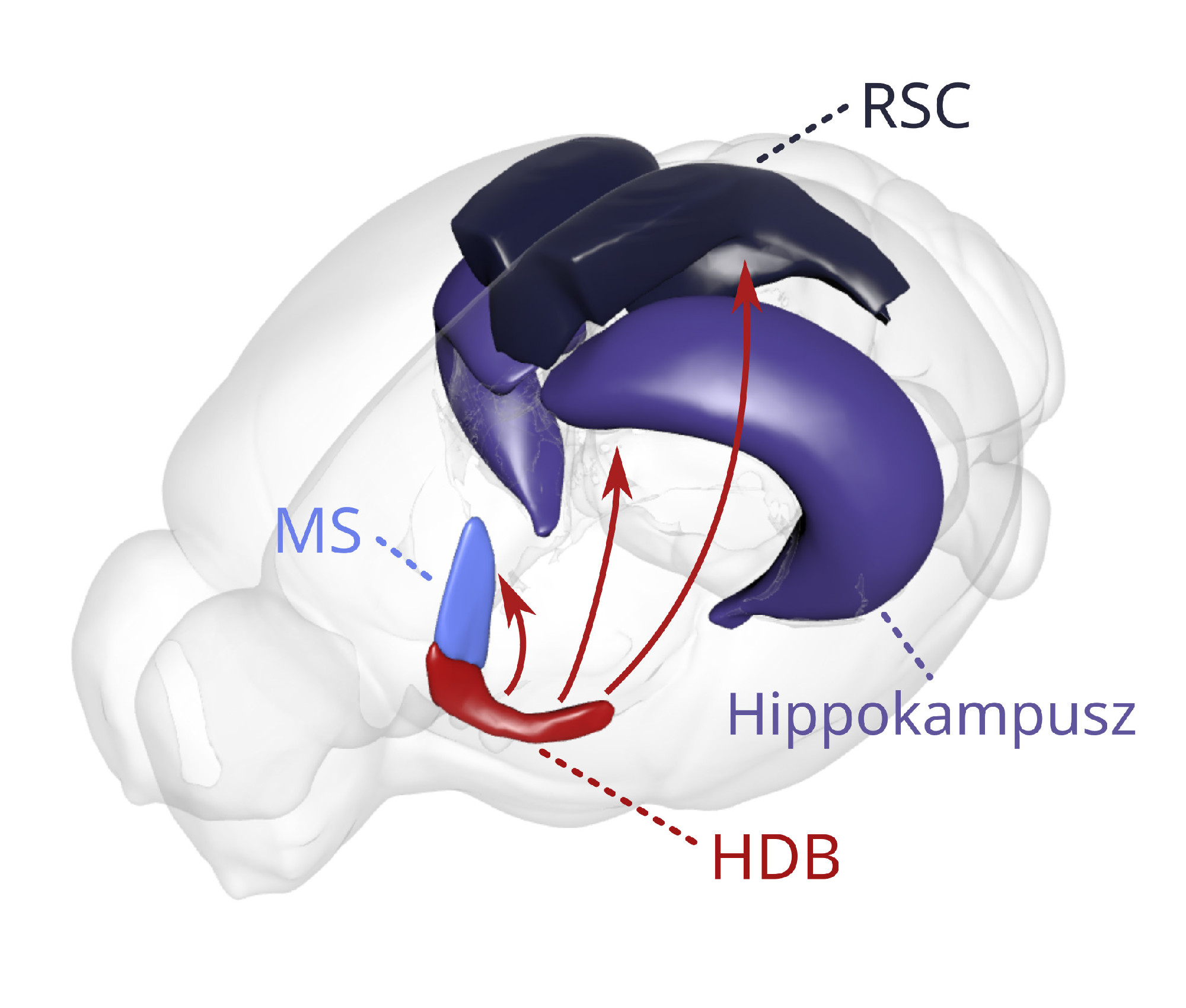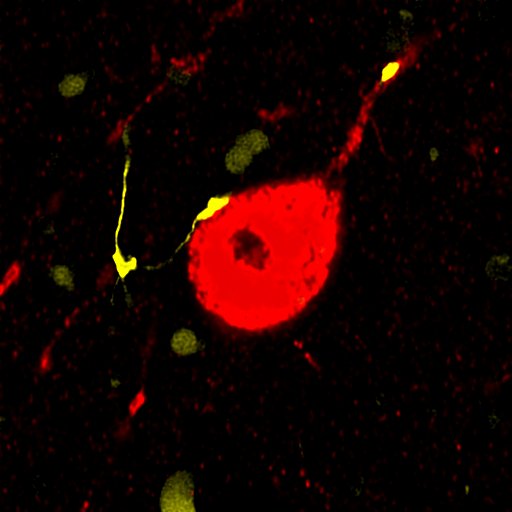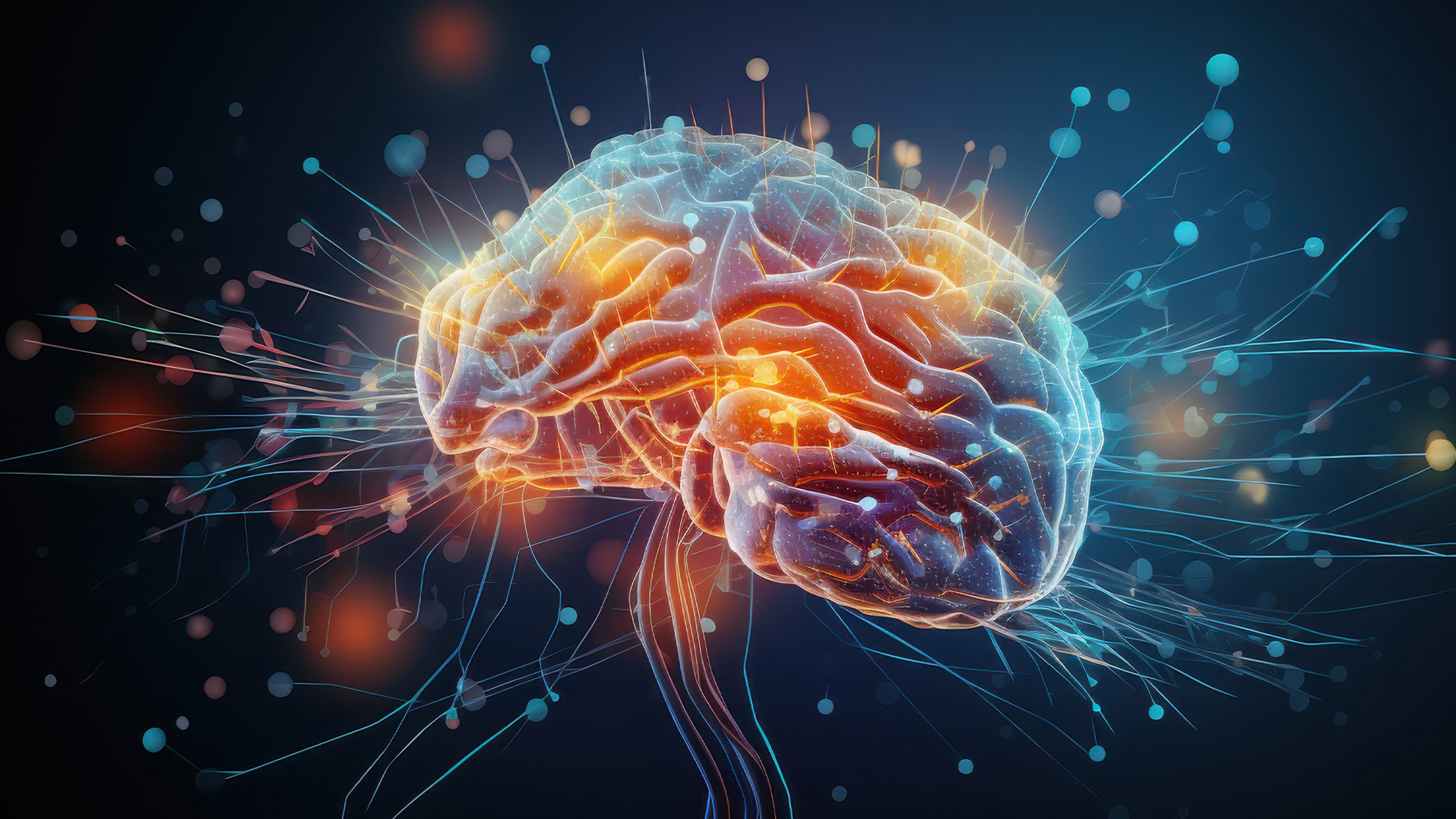HUN-REN IEM Researchers’ Groundbreaking Results ‒ How Our Brain Learns from Negative Experiences
Members of the Laboratory of Systems Neuroscience, led by Dr. Balázs Hangya at the HUN-REN Institute of Experimental Medicine (HUN-REN IEM), have observed that when the activity of certain deep brain inhibitory cells is blocked, experimental mice do not learn from negative stimuli. The neuroscientists at HUN-REN IEM have published their findings related to this major discovery in the prestigious journal Nature Communications on 07 June 2024.
A significant part of the brain's memory processes is regulated by a system of deep brain nuclei known as the basal forebrain. The foremost (closest to the nose) part of this system is the medial septum, neurons of which were discovered by Hangya and his colleagues last year and the year before to regulate the coordination of nerve cells necessary for memory storage, as well as the timing of the memory storage and retrieval processes within the brain.

This time, the research group examined the middle part of the basal forebrain, located behind the medial septum, called the diagonal band of Broca. Using microscopic pathway tracing studies, the researchers determined that the inhibitory cells located here extensively innervate significant parts of the limbic system responsible for emotional and memory regulation. In collaboration with the research group led by Dr. Gábor Nyiri at HUN-REN IEM, they also discovered that these inhibitory cells receive information from brain areas involved in processing negative experiences.

The parvalbumin expressing neurons of the horizontal limb of the diagonal band of Broca (HDB) send axons to the medial septum (MS), hippocampus and retrosplenial cortex (RSC). Image credit: Daniel Schlingloff
Consistent with this, a closer examination of the activity of the inhibitory cells in the diagonal band of Broca revealed that these cells showed rapid and strong activation when mice received negative feedback (punishment) during learning. Furthermore, inhibiting the activity of these cells resulted in mice not learning from the negative feedback, and they continued to exhibit reward-seeking behaviour in response to stimuli predicting punishment. However, artificial activation of the inhibitory cells alone did not elicit avoidance behaviour in mice, indicating that the inhibitory pathways in the diagonal band of Broca are not required for active avoidance behaviour but are rather necessary for the animals to associate negative value with the stimuli they experience.

Parvalbumin expressing fibers (yellow) innervate a calretinin expressing neuron in the hippocampus (red). Image credit: Panna Hegedüs
One theory suggests that the inhibitory cells projecting from the basal forebrain to the cerebral cortex contribute to increased attention, even at fast time scales. Based on this, Hangya and his colleagues think that the examined neural pathway may be important for eliciting and maintaining the attention necessary for learning, at least when learning from negative experiences.
Publication:
Hegedüs P, Király B, Schlingloff D, Lyakhova V, Velencei A, Szabó I, Mayer MI, Zelenak Z, Nyiri G, Hangya B (2024) Parvalbumin-expressing basal forebrain neurons mediate learning from negative experience. Nat Commun.

